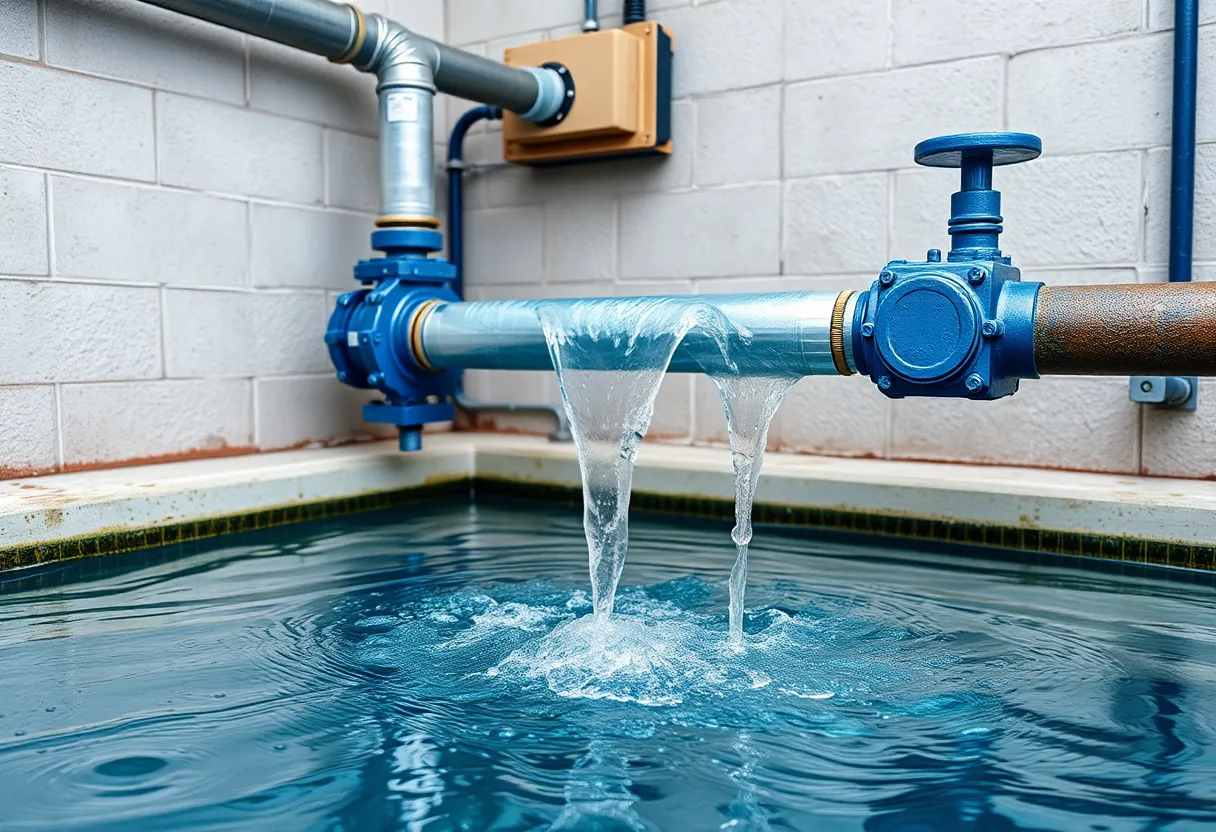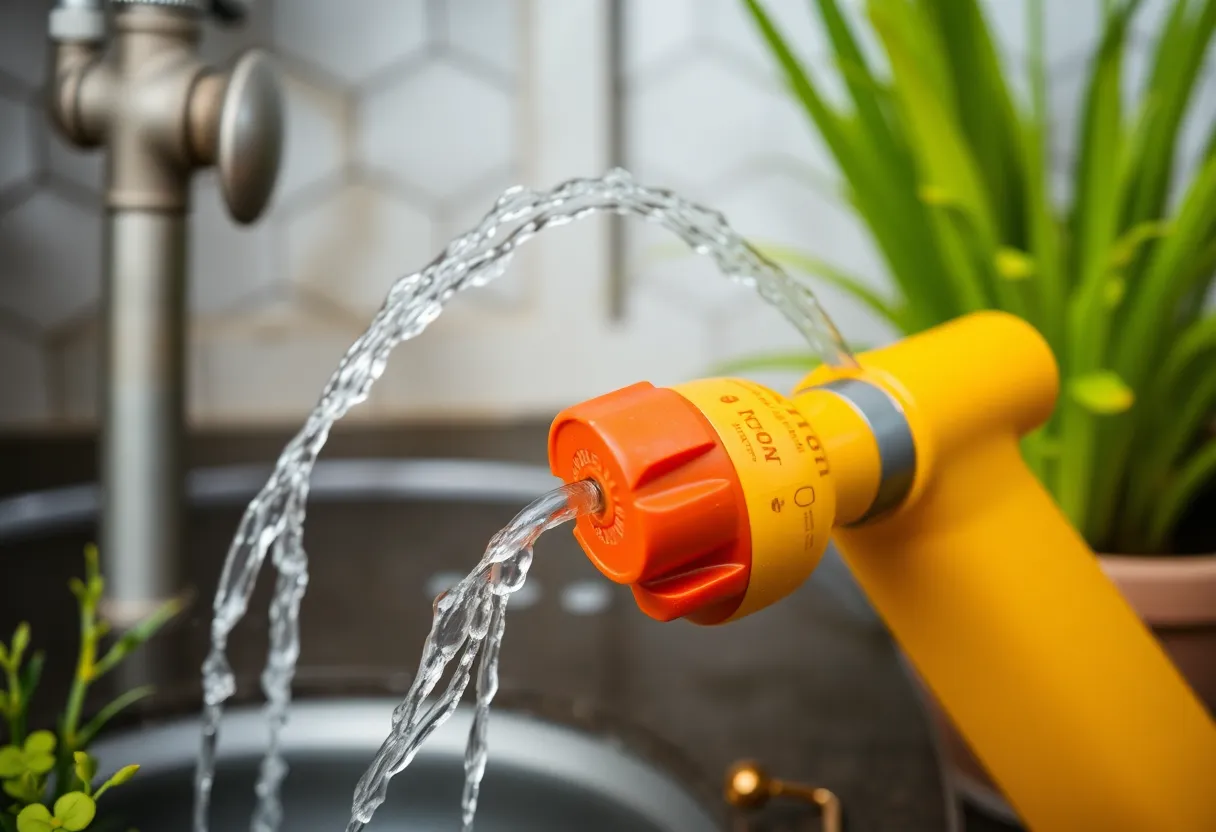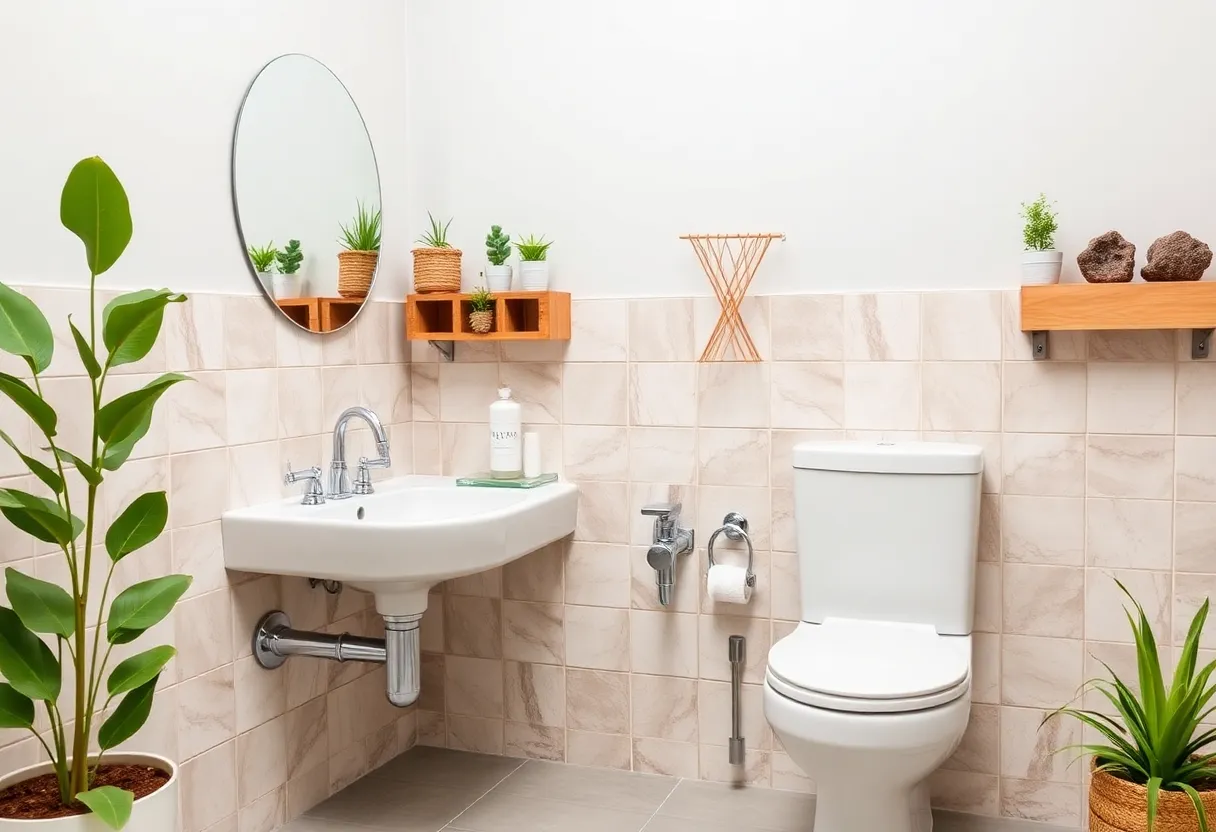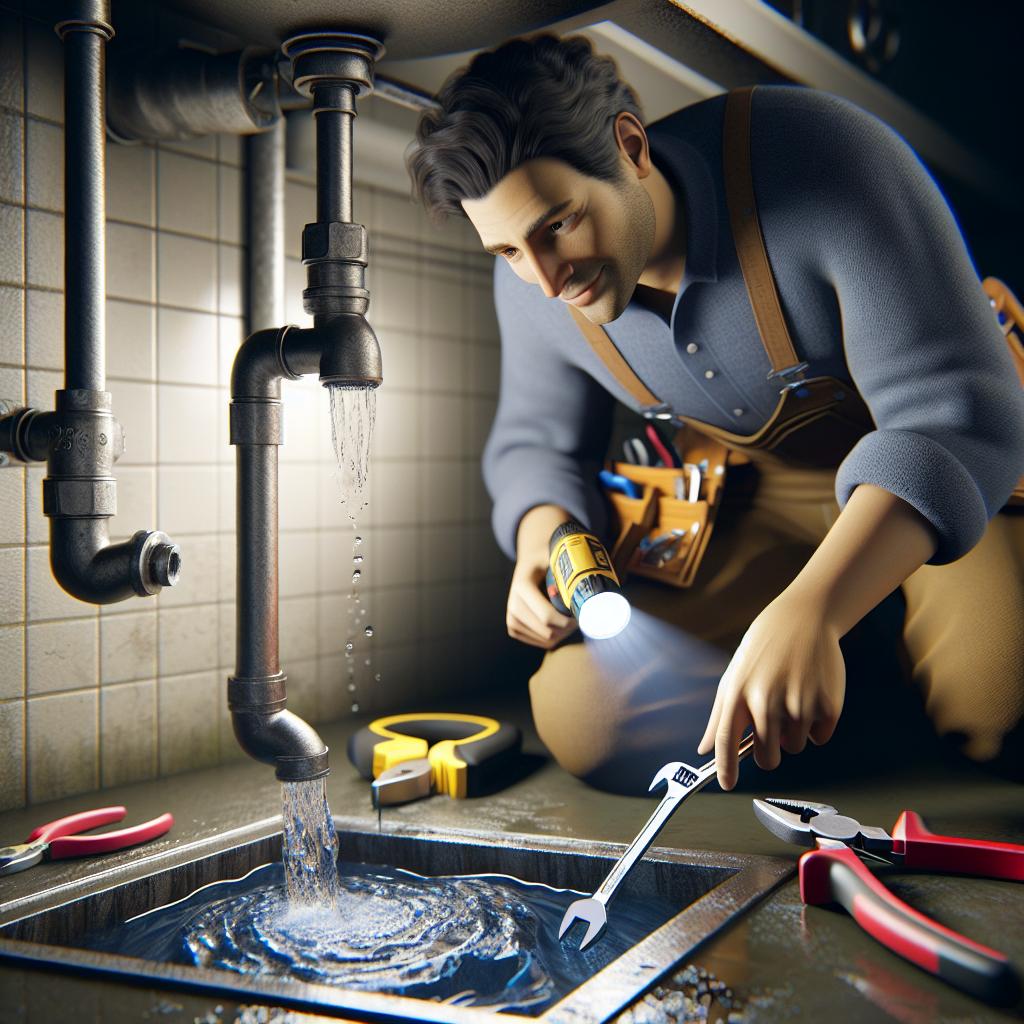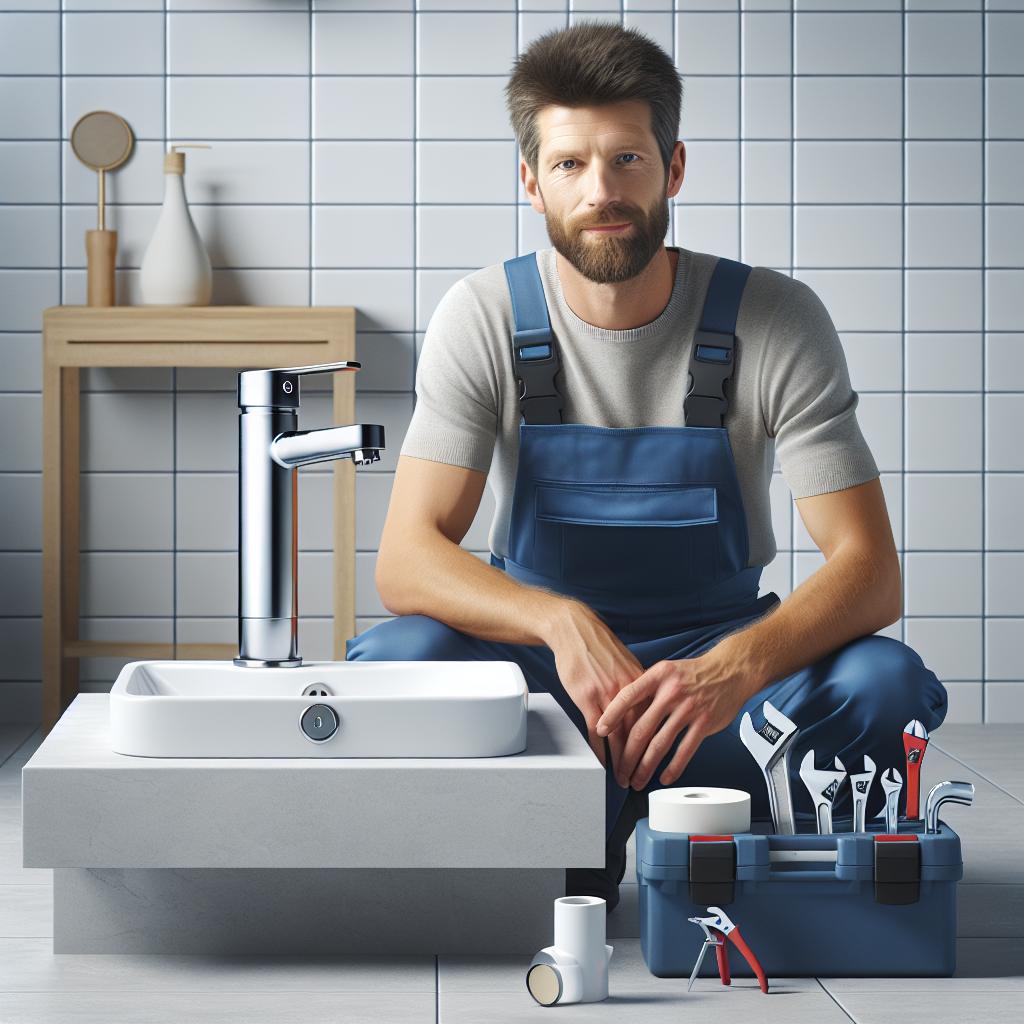The Plumbing Enigma: 10 Surprising Facts About Your Home’s Water System You Never Knew
When it comes to our homes, we often take for granted the complex systems that keep everything running smoothly. One of the most intricate of these systems is our plumbing. While we might not think about it every day, the plumbing system is essential for our daily activities, from cooking and bathing to washing clothes and flushing toilets. Here are 10 surprising facts about your home’s water system that will make you appreciate it even more.
1. The Average Household Uses a Shocking Amount of Water
You might think you’re conservative with water usage, but on average, a typical household in the United States uses over 300 gallons of water each day! This includes water for drinking, cooking, bathing, and gardening. With so much water flowing through our pipes, it’s essential to be conscious of our consumption patterns.
2. Pipes Have Lifespans Too
Your plumbing pipes are not immortal. In fact, the lifespan of common plumbing materials varies significantly:
- PEX, a common flexible piping, can last up to 50 years.
- Copper piping can last around 70-80 years.
- Galvanized steel pipes typically last only 20-50 years.
- PVC pipes can last 100 years or more if installed correctly.
Understanding the lifespan of your pipes can help you schedule necessary replacements and avoid plumbing disasters.
3. Flushing the Toilet Is a Big User of Water
Did you know that each toilet flush consumes an average of 1.6 gallons of water? In older models, it could be even more, sometimes up to 7 gallons. Over the years, this adds up, amounting to thousands of gallons each year per household.
4. Water Quality Can Vary by Region
The quality of tap water can greatly differ across the United States. Many factors contribute to this discrepancy, including:
- Source of the water – lakes, rivers, aquifers.
- Geographical and geological variations.
- Local pollution levels and industrial discharge.
As a result, some places have better-tasting and safer tap water than others, making it worthwhile to know your local water quality reports.
5. Hard Water Could Be A Common Issue
Did you know that around 85% of the U.S. has hard water? Hard water contains a high mineral content, particularly calcium and magnesium, which can create problems like:
- Scale buildup in pipes and appliances.
- Reduced efficiency of soap and detergents.
- Dry skin and dull hair.
Investing in a water softener can help mitigate these issues and improve the quality of your water.
6. Plumbing Systems Can Be Energy-Intensive
Water heating is one of the largest energy expenses in a home, accounting for nearly 18% of utility costs in the average American household. Traditional water heaters consume a lot of energy, but energy-efficient options like tankless water heaters can significantly reduce this cost while providing hot water on demand.
7. Ancient Plumbing Techniques
Believe it or not, plumbing has been around for thousands of years! The ancient Romans developed complex aqueduct systems and even had public baths. They used lead pipes, which eventually proved to be unsafe due to lead poisoning. This historical perspective emphasizes the ingenuity of plumbing and how it has evolved over time.
8. Indoor Water Use Dominates Outdoor Water Use
When we think of water usage, we may automatically think that outdoor watering consumes the most, but indoor use often outstrips it. Most households use about 70% of their water indoors. The next time you turn on the tap or flush the toilet, consider how much water you may be putting to use inside your home every day.
9. Each Fixture Has Its Own Role
Your plumbing system is carefully designed with various fixtures, each serving specific purposes. From toilets and sinks to showers and dishwashers, they all work harmoniously to manage water efficiently. For instance, low-flow fixtures reduce water use while maintaining functionality, thus promoting eco-friendliness and sustainability.
10. You Can Help Maintain Your Plumbing System
Regular maintenance is key to a long-lasting plumbing system. Here are a few simple tips:
- Check for leaks regularly – A small leak can waste hundreds of gallons per year.
- Inspect your water heater – Flush it annually to remove sediment and improve efficiency.
- Be cautious with what you flush – Only human waste and toilet paper should go down the toilet.
By taking these simple steps, you can prolong the life of your plumbing system and save water and money in the long run.
Conclusion
Understanding your home’s plumbing system is essential not only for efficient water usage but also for preventing costly repairs and maintaining the comfort of your home. From surprising statistics on water use to maintaining the systems we sometimes take for granted, these facts highlight the importance of being informed and proactive. Next time you enjoy a hot shower or drink a glass of water, remember the intricate system that allows you to do so and the small changes you can make to ensure its continued efficiency.




